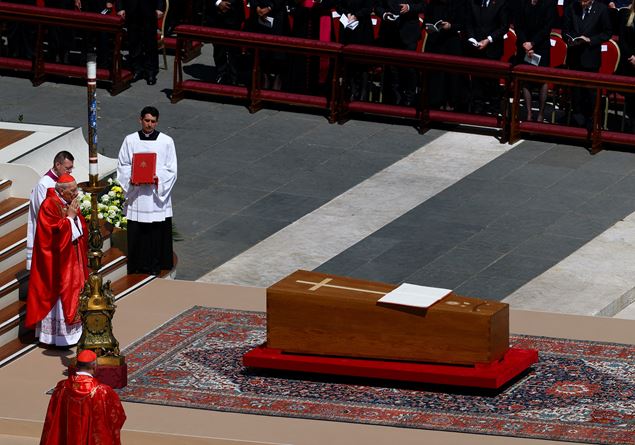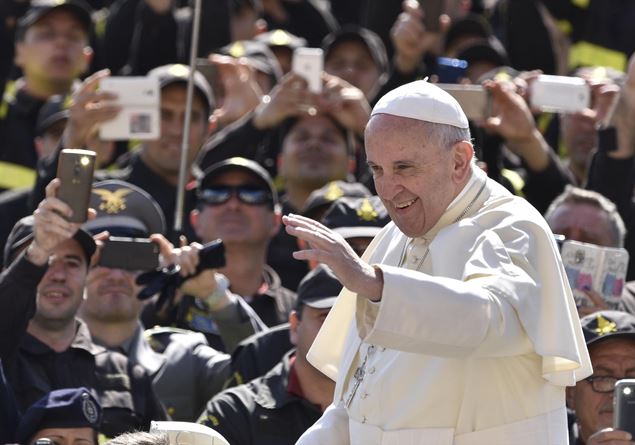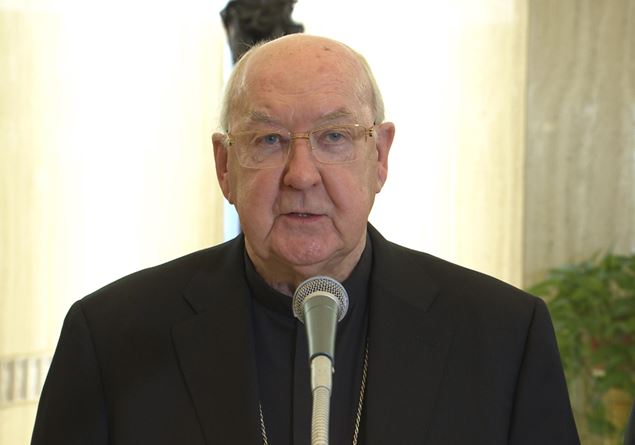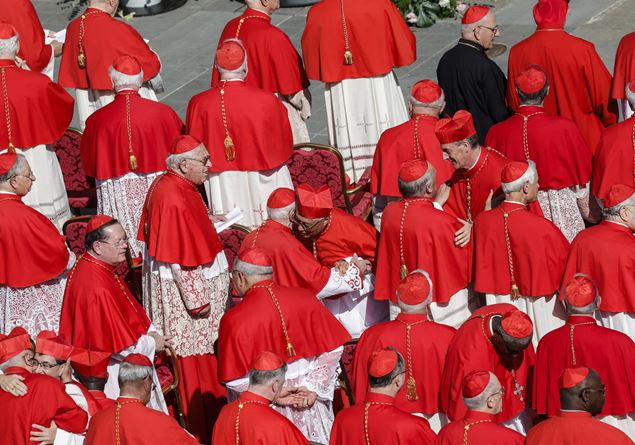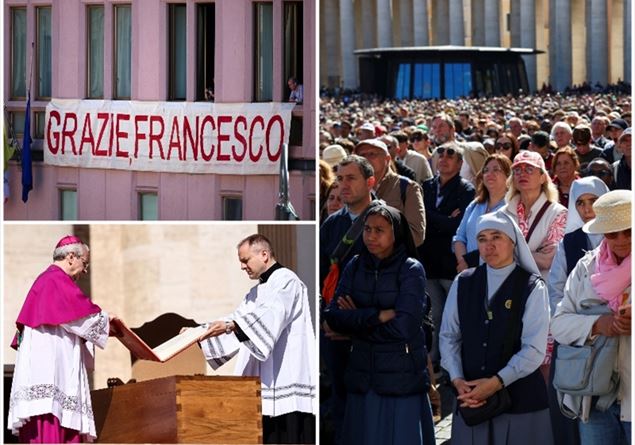Little is known about the life of San Biagio. Biographical information on the saint can be found in the AGIOGRAPHY OF CAMILLO TUTINI, which collected numerous testimonies handed down orally. It is known that he was a doctor and bishop of Sebaste in Armenia and that his martyrdom took place during the persecutions of Christians, around 316, during the contrasts between the emperors of the Constantine (West) and Licino (East). Captured by the Romans he was beaten and scratched alive with iron combsthose who were used to card the wool, and finally beheaded for having refused to abjure their faith in Christ. It is a saint known and revered both in the West and in the East. His cult is widespread both in the Catholic and Orthodox Church. In his hometown, where he carried out his episcopal ministry, it is said that he operated numerous miracles, among others he remembers the one for which he is known, that is, the healing, which took place during the period of his imprisonment, of a boy from a bonus of fish stuck in the trachea. In fact, the saint is invoked for the sore throat.
In addition, San Biagio is part of the fourteen so -called auxiliary saints, that is, those saints invoked for the healing of particular evils. Venerated in many Italian cities and locations, of which, of which many, it is also the patron saint, is celebrated on February 3 in almost all the Italian peninsula. It is traditional to introduce, in the middle of the liturgical celebration, A special blessing to the “gorges” of the faithfulI, given by the parish priest by crossing two candles (in ancient times it was used for blessed oil). There are also some popular traditions handed down over time on the occasion of the saint’s celebrations.
Popular traditions, from the Book of Milan to the Cavadduzzi
Who uses, as in Milan, celebrate in the family by eating the remains of the panettone advanced specifically at Christmas, And those who prepare typical desserts with particular forms, which remember the saint, blessed by the parish priest and then distributed to the faithful.
TO Lanzaraa fraction of the province of Salerno, for example, is traditional to eat the famous “meatball of San Biagio”. In the city of Salemi, however, it is said that in 1542 the saint saved the population from a serious famine, caused by an invasion of grasshoppers who destroyed the crops in the countryside, intercepting and fulfilling the prayers of the people who invoked his help (San Biagio, in fact, as well as being protector of the “evils of the throat” is also the protector of the Messi); From that day to Salemievery year on February 3, the saint is celebrated by preparing the so -called “cavadduzzi”, literally “grasshoppers”, to remember the miracle, and “caddureddi” (whose shape represents the “throat”), which are small prepared loaves With water and flour, blessed by the parish priest and then distributed to the faithful.
Furthermore, since 2008, always in Salemi, a spectacular representation of the “miracle of the cares” has been organized with the collaboration of all schools and associations in the city which ends with the arrival at the church of the Saint to lay down the gifts and be blessed the “gorges”.
The relics in Maratea
The relics of San Biagio are kept in the Basilica of Marateathe city of which he is a protector saint: they arrived there in 723 inside a marble urn with a load that had to reach Rome from Sebaste, a journey then interrupted in Maratea, the only city of Basilicata overlooking the Tyrrhenian Sea, due to of a storm. It is said that the walls of the basilica, and later also the statue erected to him in 1963 on top of the basilica, made a kind of yellowish liquid that the faithful collected and used to treat the sick.
Pope Pius IV in 1563, then bishop, recognized this liquid as “heavenly manna”. It is no coincidence that in Maratea the saint takes on a particular value and is celebrated twice a year; on February 3, as usual, and the day of the anniversary of the translation of the relicswhere the celebrations last 8 days, from the first Saturday of May until the second Sunday of the month.
